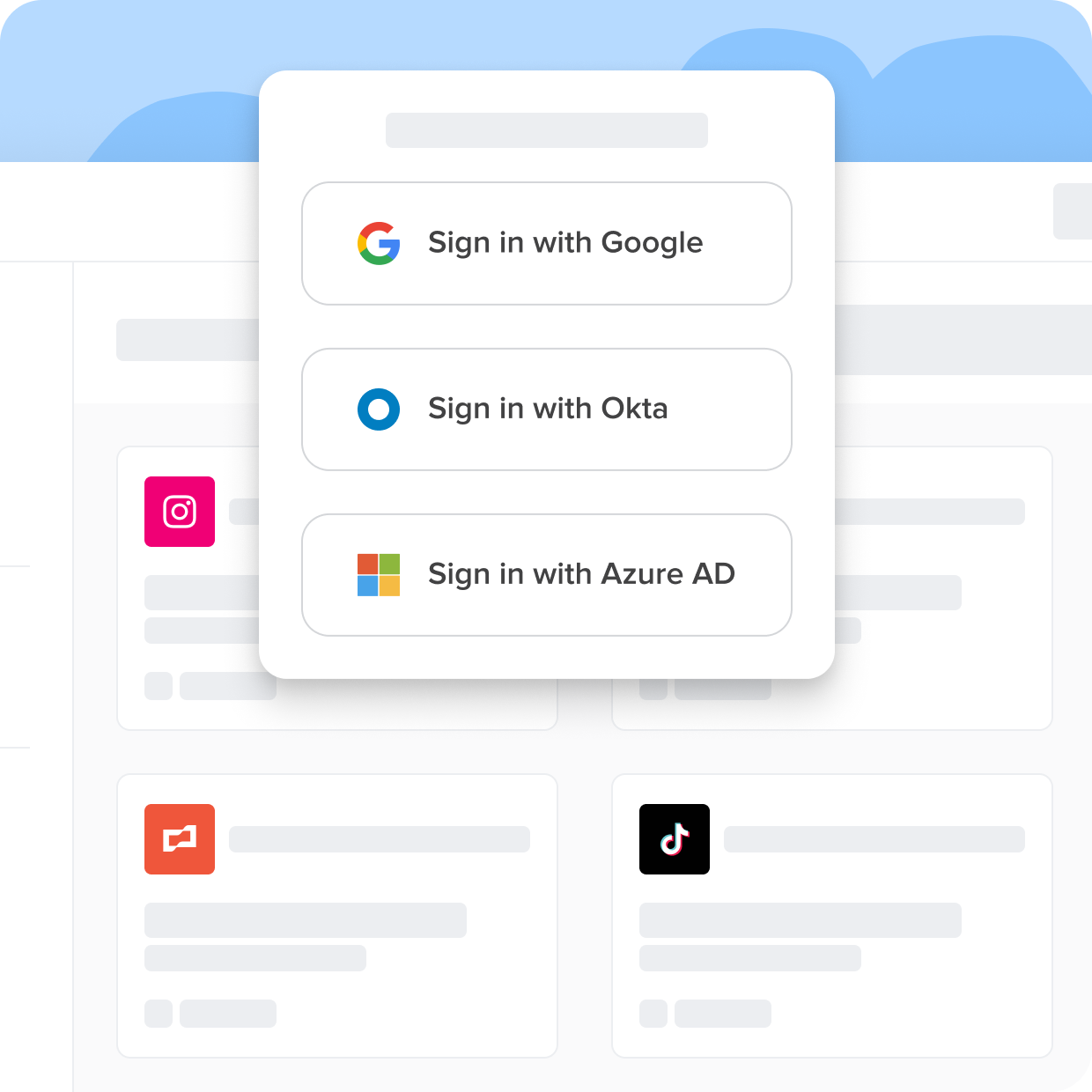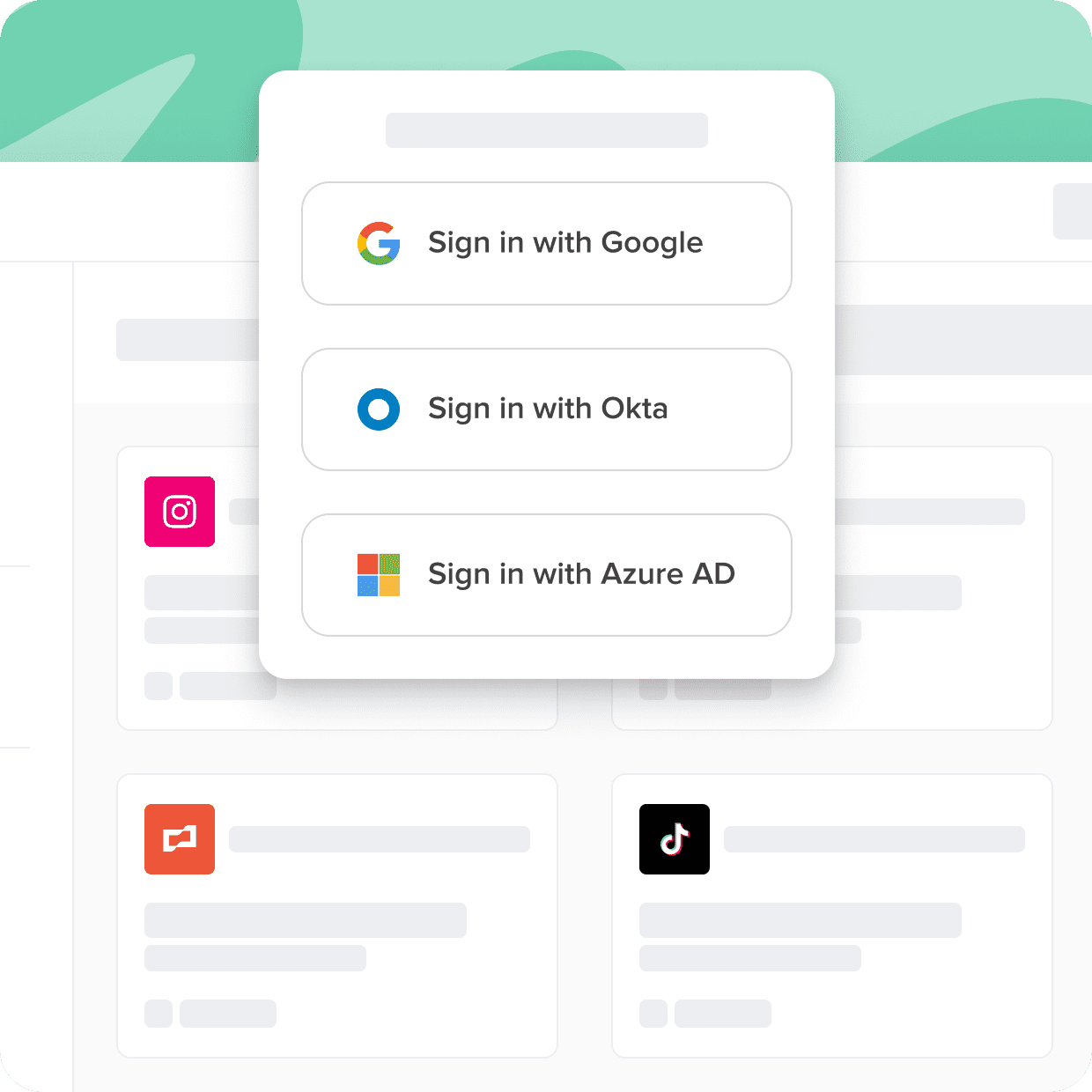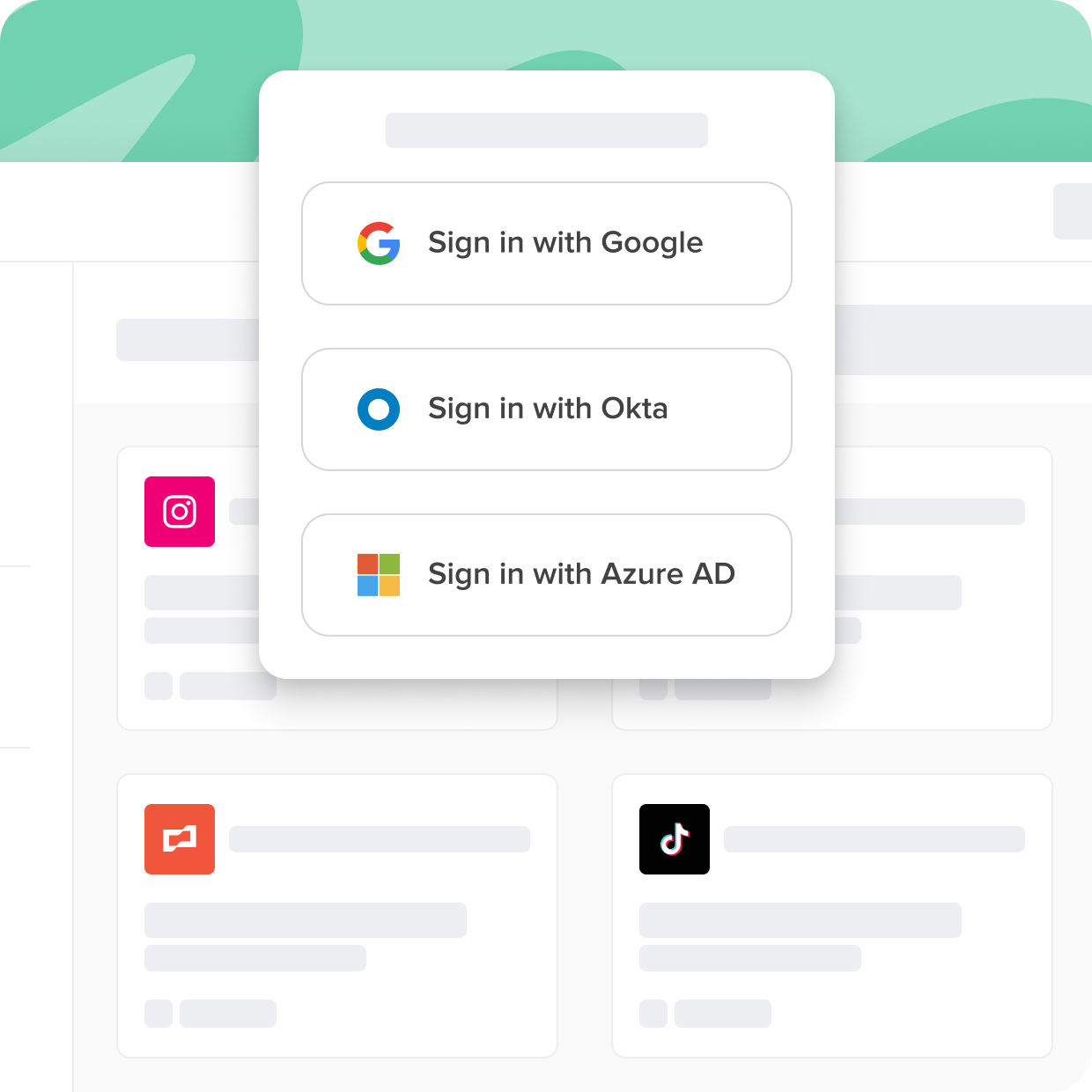Identity and access management (IAM) ensure digital infrastructure security and compliance. In today's increasingly connected world, organizations are tasked with managing and controlling the access of numerous users within their systems—this is where identity and access management solutions come into play. By implementing a robust IAM framework, businesses can maintain the integrity of their systems and protect sensitive data.
Unfortunately, many corporate applications don't support the SSO standard and can't reap all the benefits. The applications that fall into this category are best called "nonfederated." Nonfederated applications are a new category that is becoming increasingly challenging for businesses to manage and secure effectively, yet increasingly critical for businesses to succeed.
Cerby connects all your apps to your SSO tools, even if they don't support the SSO standard. In this guide, you'll learn about different SSO tools, the challenges, and the players.
Streamline Access With Single Sign-On
Not all apps are created equal. Some come with security gaps and complexities that can hinder user adoption and put sensitive data at risk. With Cerby, you can ensure secure and seamless access to all your applications, regardless of their support for standards like SSO.
With Cerby You Can
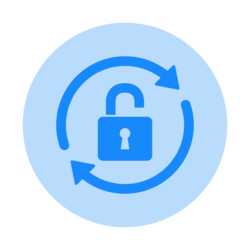
Close the identity gap
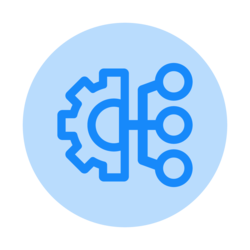
Universally enforce 2FA
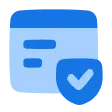
Eliminate the SSO tax
Identity And Access Management Tool
Today, organizations depend on cloud environments for a range of purposes. Cloud infrastructure can enable organizations to quickly scale systems on demand, and cloud solutions often offer a range of benefits that organizations may sometimes find can outweigh those of on-premise solutions. With the adoption of cloud services, Identity and Access Management (IAM) tools have become an increasingly important part of securing cloud environments for many organizations.
As organizations increasingly opt to move vital operations to the cloud, protecting access to sensitive information is often a growing concern. IAM tools offer technologies and processes that help organizations work to ensure that only authorized users have access to data in the cloud.
Though maintaining a secure cloud environment and protecting important assets can represent several challenges, there are, fortunately, several identity and access management tools available for cloud environments. For example, AWS IAM tools aim to enable businesses to manage access to cloud resources.
Microsoft, similarly, offers a range of identity management tools, including Microsoft Identity Manager and Azure Identity and Access Management. SailPoint also provides various identity management tools for the cloud, like SailPoint IdentityIQ, that can be used to help businesses secure privileged access in the cloud.
Identity and access management solutions are often aimed at enabling organizations to protect crucial assets. These IAM tools offer a wide range of features and capabilities tailored to meet diverse needs. As cyber-attacks and data breaches become more sophisticated, leveraging effective identity and access management tools has become a critical component of many organizations’ security strategies.
Moreover, regulations such as the European Union's Global Data Protection Regulation (GDPR) and the California Consumer Privacy Act (CCPA) require organizations to secure sensitive data, further driving the need for effective identity and access management tools.
IAM tools represent a wide range of solutions that aim to address crucial challenges associated with cloud environments that organizations use. As cloud environments enable organizations to carry out operations, outsource infrastructure and other important assets and resources, and much more, securing these environments is often a top priority. As such, these tools are often crucial components in security strategies.
Access Management System
Identity and access management in cyber security can often be crucial. Access management is a necessary consideration for nearly any organization utilizing cloud infrastructure and other cloud environments. Implementing the right IAM solution can be the difference between preserving sensitive data and experiencing a devastating data breach or succumbing to avoidable security risks. There are several IAM tools available which aim to aid organizations in managing identity and access.
Organizations evaluating their IAM options should seek out tools that offer essential features and capabilities to optimize their cybersecurity efforts. One such tool is Okta Identity Management. This platform provides user management solutions and access management systems aimed at effectively regulating who can access sensitive company information.
In addition to these features, organizations should also look for IAM tools that offer multifactor authentication, granular access controls, and audit trails. With multifactor authentication, users must verify their identity through multiple methods before accessing information, making it much more difficult for unauthorized users to infiltrate a system.
As highlighted in the Ponemon Institute study, organizations are not limiting the use of nonfederated applications for employee job satisfaction and productivity. This emphasizes the strategy to enact policies that govern nonfederated applications, like IAM.
When evaluating IAM options, it may be helpful to prioritize tools that offer multifactor authentication, granular access controls, and audit logs. What’s more, it can be important to consider any additional security needs that may be specific or unique to the organization. As each organization’s use of cloud environments may vary, so can their individual security needs.
Open-Source Identity Provider
While they aren’t without their share of pitfalls and potential drawbacks, open-source IAM tools can offer a range of potential advantages over proprietary offerings. For one, open-source IAM tools often allow users to easily customize, modify and improve the software according to specific organization requirements. This flexibility can save time and resources compared to buying proprietary IAM products that may require extensive customization.
Naturally, open-source identity governance solutions can also be appealing as they may seem particularly cost-effective. Popular open-source IAM options include OpenIAM, which is an open-source Identity Provider that supports single sign-on (SSO) and multi-factor authentication (MFA).
Keycloak is another open identity platform that includes user authentication, authorization, and account management capabilities. Another open-source IAM tool is LemonLDAP::NG, which is a web-based open-source access management system.
Additionally, FusionAuth, an open-source identity management platform designed to help developers with authentication, is another option that organizations might feel is worth exploring.
Open-source IAM governance solutions also exist, including WSO2 and the Gluu server, which provide a way of managing access and access control, helping to simplify compliance with regulations.
Open-source IAM tools are usually available free of charge, which can be beneficial for smaller organizations with limited budgets. Some users might be concerned that open-source IAM tools could have security vulnerabilities, though these tools are frequently maintained and upgraded by an active community of developers. The source code is transparent, so experts can inspect it to identify security flaws. Still, organizations considering IAM tools should always exercise caution when considering open-source tools.
For organizations looking for open-source IAM, GitHub may be one place they check. It serves as a repository for open-source IAM projects, enabling users to use open-source IAM projects whilst also contributing updates to the same platform.
Open-source IAM tools offer a cost-effective and customizable solution for organizations seeking to enhance their IAM capabilities and are becoming increasingly popular in the cybersecurity industry. While open-source IAM tools may not always offer the exact features an organization needs, they can still be worthwhile to learn more about and consider.
Cloud-Based IAM Tools
In recent years, cloud environments have become a popular platform for data storage, applications, and services. With the shift to the cloud, managing identity and access to services and assets has become increasingly important.
IAM tools are important in ensuring the security of cloud environments—playing a central role in managing authentication, authorization, and access control. Cloud-based IAM solutions offer several potential advantages, such as simplified and centralized management of user identities and access rights, which can lead to enhanced security and increased efficiency.
Several cloud-based IAM solutions are available for organizations, such as Microsoft Identity Manager (MIM), SailPoint IdentityNow, and SailPoint IdentityIQ. MIM allows organizations to manage user identities, authentication, and access control across multiple devices and platforms.
SailPoint IdentityIQ provides a user-friendly interface for managing access to cloud applications, including access certifications, policy enforcement, and automated provisioning. The SailPoint IdentityNow solution provides automated access controls and governance for managed applications.
AWS IAM tools provide AWS customers with access control solutions they can use to control user identities and access to AWS resources and services, which can help meet numerous security and compliance requirements.
Microsoft offers Azure Identity and Access Management services and Azure's Identity and Access Administrator, a comprehensive solution for managing identities and access to multiple Azure resources and services.
Organizations can choose various cloud-based IAM solutions to meet their specific requirements, ensuring that their cloud environments are secure and efficiently managed. Ultimately, investment in an effective IAM solution is often critical to ensuring the security of a cloud-based infrastructure.
Identity And Access Management Trends
As the cybersecurity landscape continues to evolve, the field of identity and access management (IAM) has emerged as a critical consideration for organizations. IAM tools serve the purpose of offering secure, user-friendly, and straightforward access to IT infrastructure and applications while maintaining compliance with regulatory standards highly.
Which tools organizations consider to be top 10 identity and access management tools may change over time as new considerations become important. To stay ahead, organizations should be aware of the latest trends and future developments in the IAM domain.
One of the significant developments of recent years in the IAM industry is the shift from on-premises to cloud-based IAM solutions. Additionally, identity-as-a-service (IDaaS) providers have started to expand their offerings to cover additional functionalities.
Organizations should also consider attending IAM conferences and events to stay up-to-date with the latest trends and best practices in the industry.
Furthermore, companies that offer IAM tools are continually monitoring the identity and access management trends and updating their features and capabilities accordingly to provide the latest technologies to their customers.
By keeping an eye on trends and developments in the IAM domain, organizations can invest in the most effective and secure solutions. Doing so can help keep your data protected, maintain compliance with regulations, and enhance your cybersecurity posture.
